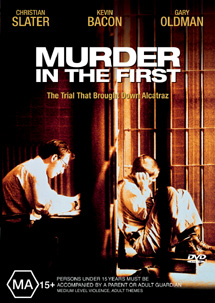Alvarez, Louis and Andrew Kolker. 2001. People Like Us:
Social Class in
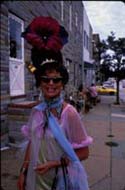 |
People Like Us shows how social class plays a role in the lives of all Americans. The documentary travels across the country presenting stories of family traditions, class mobility, and different lifestyle choices. This film can be best utilized during Unit VI: Social Inequalities. This film is 124 minutes. |
|---|
Apted, Michael. 1999. 42 Up.
Barnes, Paul and Ken Burns. 1999. Not for Ourselves Alone: The Story of
 |
The story of one of the most compelling friendships in American history. Elizabeth Stanton and Susan Anthony were born into a world ruled entirely by men. By the time their lives were over, they had changed for the better the lives of a majority of American citizens. This documentary provides a good history of the emergence of the women's movement, especially the suffrage movement. It is also a good examination of how the politics of race shaped the early women's movement.This film can be best utilized during Unit IX: Social Change. This film is 210 minutes. |
|---|
Gibney, Alex. 2005. Enron: The Smartest Guys in the Room. New York, NY: Jigsaw Productions. 110 minutes.
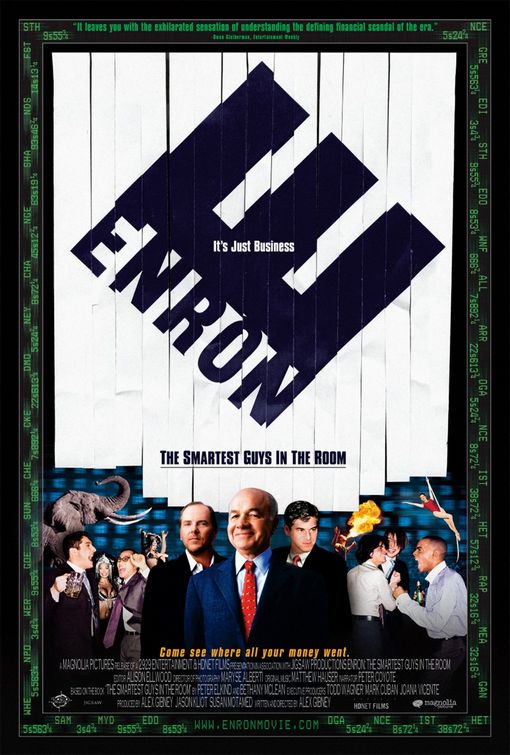 |
This documentary shows a behind the scenes view of the dramatic rise and fall of the powerful energy company in Houston, Texas. This film is 110 minutes. |
|---|
Goodman, Barak. 2001. Frontline:
The Merchants of Cool.
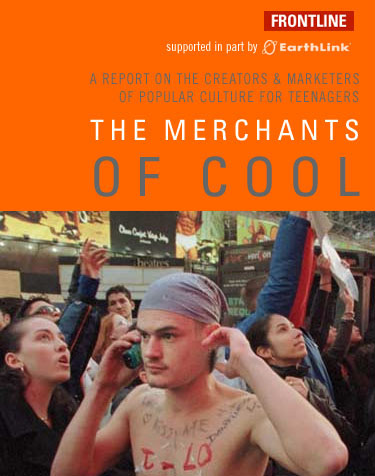 |
This documentary is an analysis of youth culture and mass-market norms. It examines how companies determine exactly what American teens want. This film is 60 minutes. There is a student exercise to use with this film. |
|---|
Hampton, Henry. 2006. Eyes
on the Prize: America’s Civil Rights Movement.
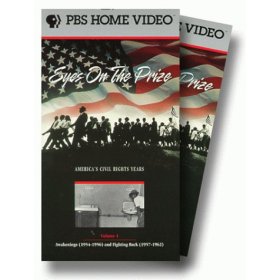 |
A comprehensive history of the people, the stories, the events and the issues of the civil rights struggle in the United States from the mid 1950's to the mid 1980's. We recommend volume one: Awakenings (1954-1956); Fighting back (1957-1962) and volume four: The time has come (1964-1966); Two societies (1965-1968). Each volume is one hour long.This film can be best utilized during Unit VI: Social Inequality. |
|---|
Milgram, Stanley. 196. Obedience.
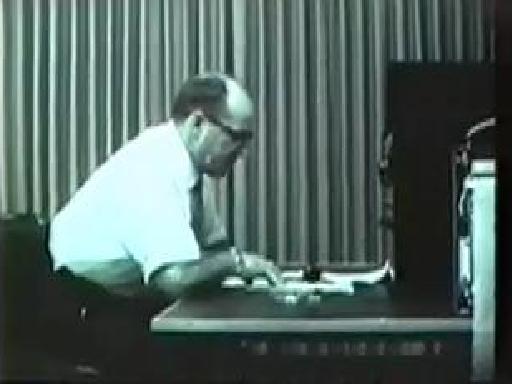 |
A documentary on an experiment conducted during May 1962 at Yale University on obedience to authority. Describes obedient and defiant reactions of subjects who are instructed to administer electric shocks of increasing severity to another person. This film can be best utilized during Unit III: Culture. The film is 45 minutes long. If the above link doesn't work on your machine, try this one. |
|---|
Moore, Michael. 1990. Roger
and
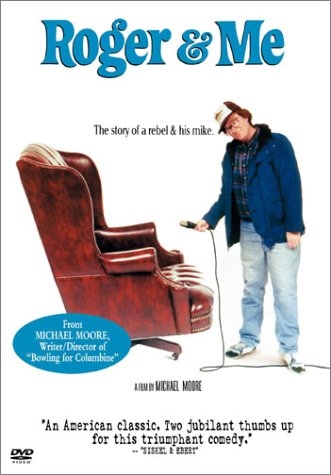 |
A documentary about Flint, Michigan native Michael Moore and his efforts to meet with General Motors' president Roger Smith in order to persuade the executive to visit Flint, a city which is economically depressed due to the closure of a General Motors plant. This film is 91 minutes. For a trailer and possible excerpts from the film try this. |
|---|
Mun Wah,
Lee. 1994. The Color of Fear.
 |
North American men of different races talk together about how racism affects them. This film can be best utilized during Unit VI: Social Inequality. This film is 90 minutes. |
|---|
Musen, Ken. 1991. Quiet Rage.
 |
A documentary of the famous Zimbardo prison simulation study at Stanford University in 1971. It examines the roles of prisoners and guards, and the construction of power and authority within prisons. This film also serves as a way to introduce ethical concerns, as the study would most likely not be permitted today. This film is 50 minutes. There is a student exercise to use with this film. |
|---|
Peters, William. 1970. Eye of the Storm.
Peters, William. 1986. A
Class Divided.
Pounder, C.H.H. 2003. Race: The Power of An Illusion. San Francisco, CA: California Newsreel.
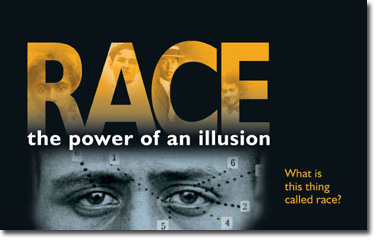 |
Episode one explores how recent scientific discoveries have toppled the concept of biological race. Episode two questions the belief that race has always been with us. It traces the race concept to the European conquest of the Americas. Episode three focuses on how our institutions shape and create race. This film can be best utilized during Unit VI: Social Inequality. This film is 174 minutes. |
|---|
Redford, Robert. 1994. Quiz
Show.
 |
The infamous true story of Charles Van Doren, who rocketed to national fame as a repeat winner on the TV quiz show"The $64,000 Question." In the late 1950s, prime-time game shows were a cultural phenomenon. But the American public didn't realize it was being hoodwinked until congressional investigator Dick Goodwin unmasked the corruption behind the show's glittering façade.This film can be best utilized during Unit V: Social Organization. This film is 133 minutes. |
|---|
Ritt, Martin. 1979. Norma Rae.
 |
Norma Rae, the Southern millworker who revolutionizes a small town and discovers a power in herself she never knew she had. Under the guidance of a New York union organizer and with increasing courage and determination, Norma Rae organizes her fellow factory workers to fight for better conditions and wages. Based on a true story. This film can be best utilized during Unit VI: Social Inequality. This film is 117 minutes. |
|---|
Rocco, Marc. 1999. Murder
in the First.
Spottiswoode, Roger. 1993. And the Band Played On. New York, NY: HBO Home Video.
 |
Follows the struggle of a handful of strong-willed men and women who took on the fight to save lives in the face of a mysterious illness now called AIDS. This film is 141 minutes. |
|---|
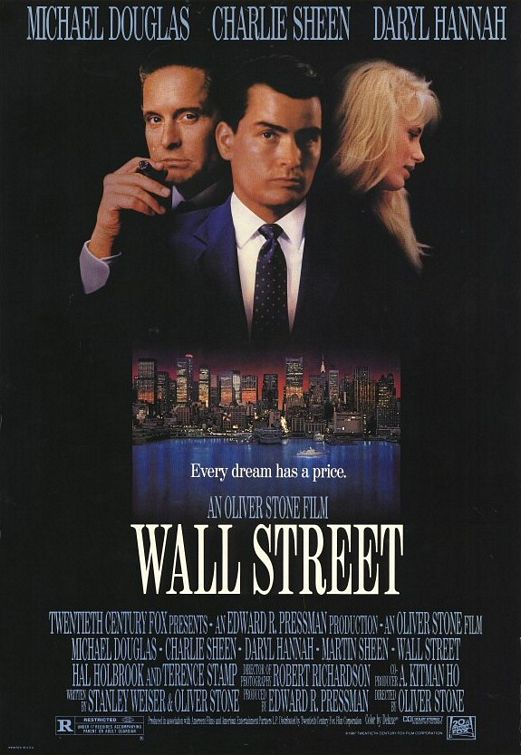 |
This dramatic story of a Wall Street arbitrageur and his young protege illustrates how greed can conflict with social values. This film is 126 minutes. |
|---|
1994. Toys. New York:
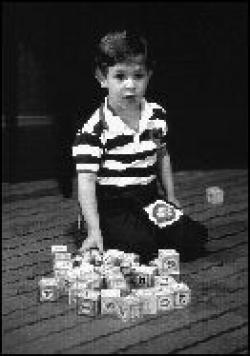 |
To what extent do the toys that children play with affect their attitudes and capabilities? Do boys’ toys breed aggression while girls’ toys breed passivity? Our world has seen a dramatic change in the kinds of toys available to children. From the simple building blocks and stuffed toys of yesteryear, we now have battery operated toys that challenge a child’s skills. But do children really learn from such toys, or are the toys a prop for them to exercise their ability to control their world? This film can be best utilized during Unit IV: Socialization. This film is 47 minutes. |
|---|
Uys, Jamie. 1980. The
Gods Must Be Crazy.
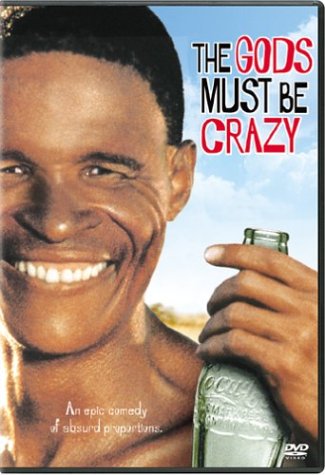 |
In The Gods Must Be Crazy, an empty Coke bottle drops from the sky near Xixo, and an African San hunter tries to return the bottle to the gods that must have dropped it.This film can be best utilized during Unit III: Culture. This film is 1 hour and 49 minutes. |
|---|
Verhaag, Bertram. 1996. Blue Eyed.
1984. Nova: Secret of the Wild Child. Boston: WGBH Educational Foundation.
 |
This video explores the case of Genie who was raised in social isolation. Genie never learned advanced language or social skills, even with extensive treatment after she was rescued by social workers. This film is 55 minutes. There is a student exercise to use with this film. |
|---|
Jessie Daniels has prepared an excellent list of documentary films that is now operating as a wiki.




